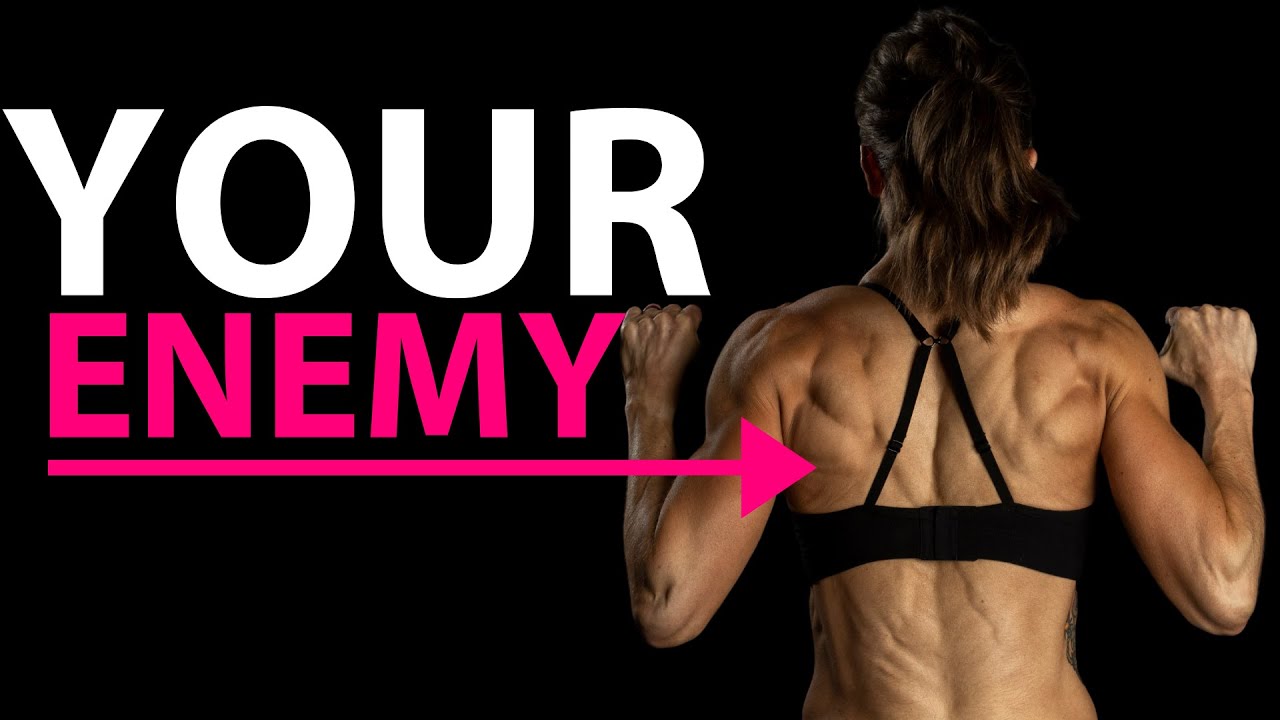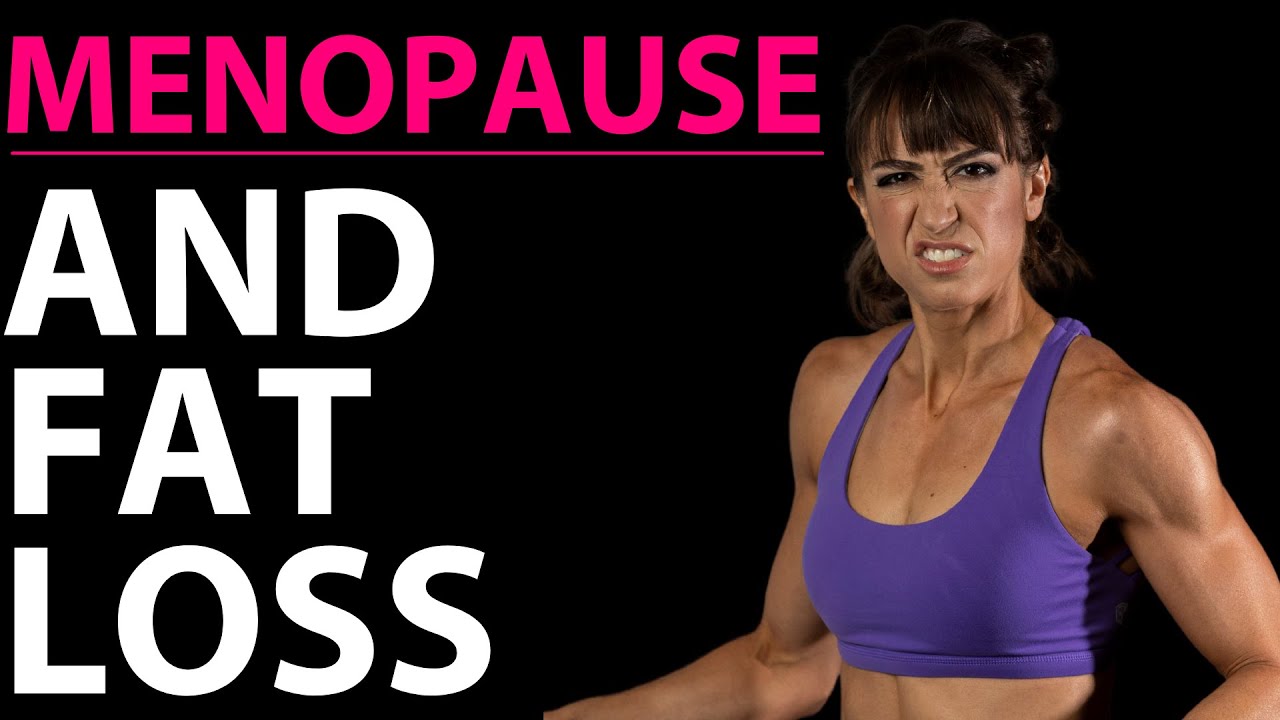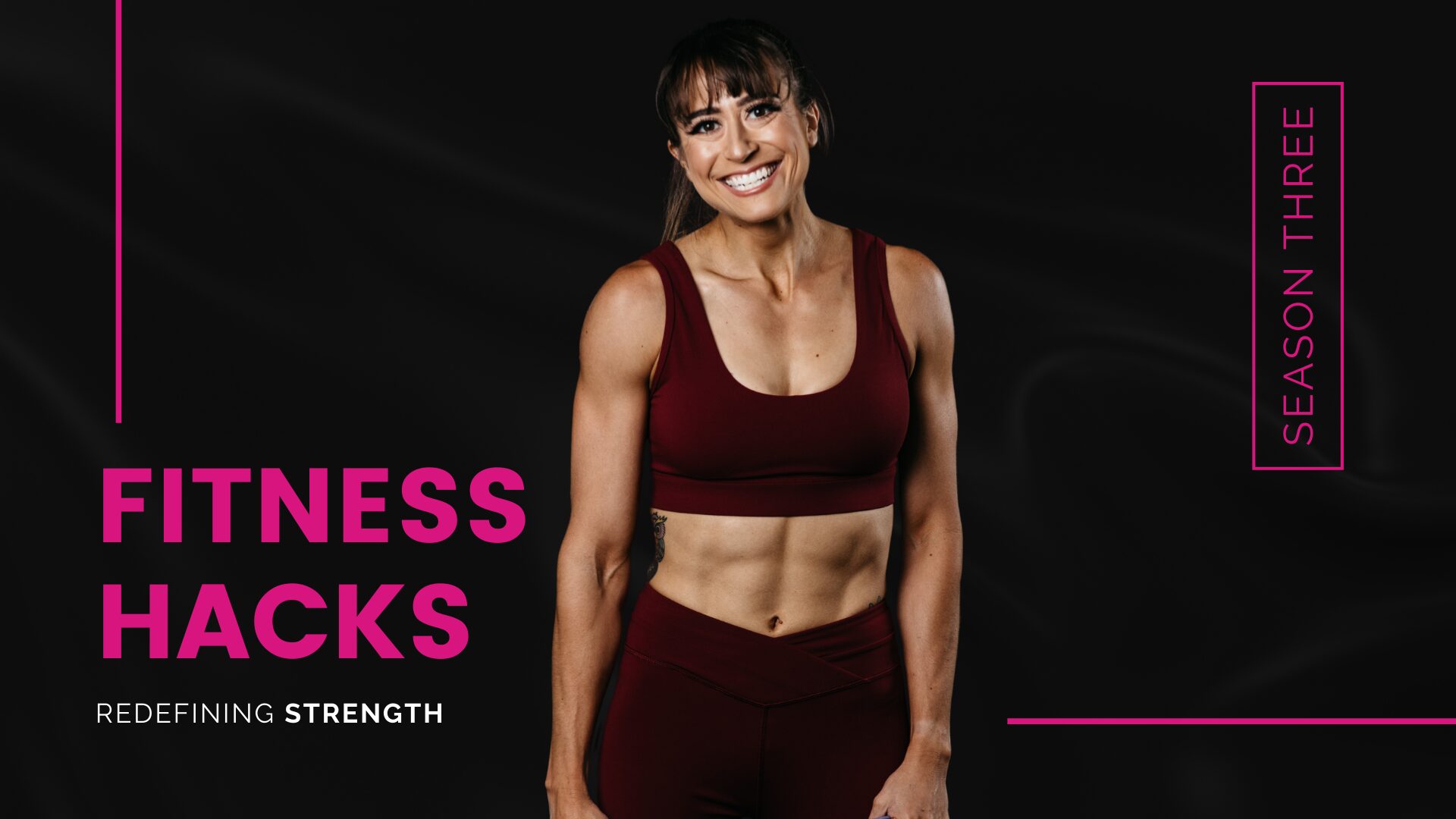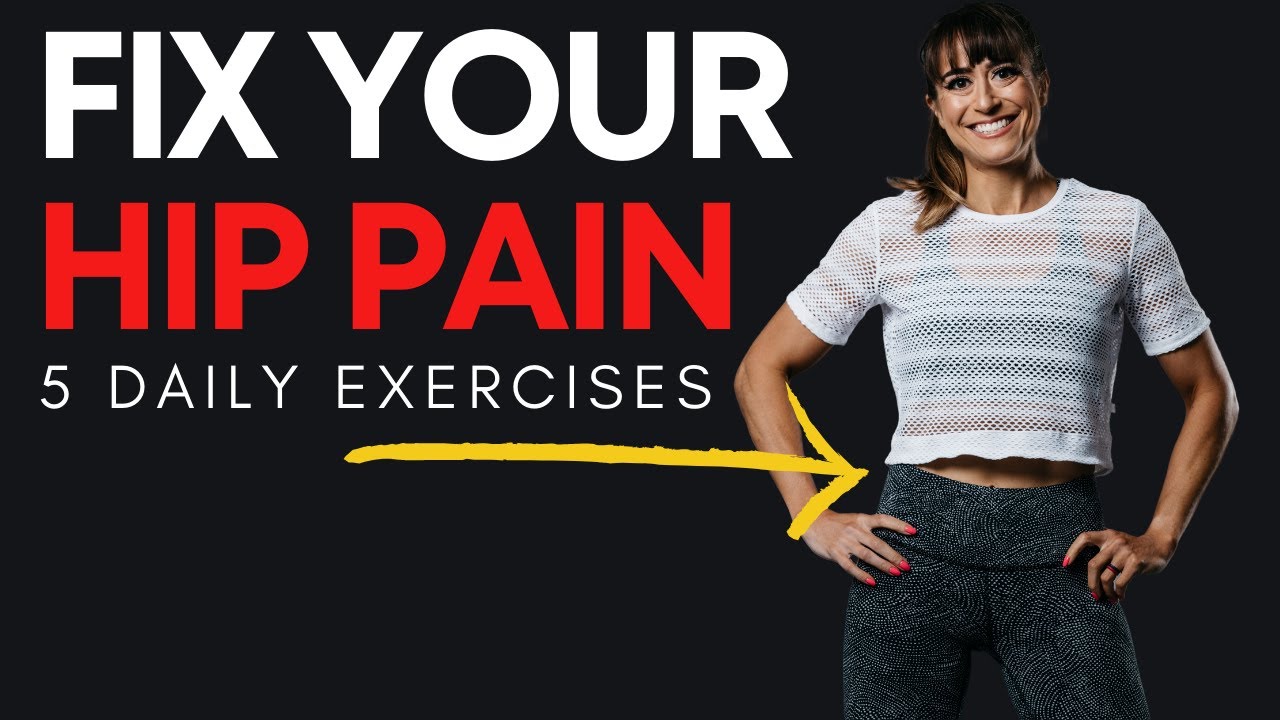
The Common ENEMY of Your Hips and Shoulders: The Lats
Everything is connected.
And all too often the point of pain is NOT where the problem is.
That is why, when you have aches and pains, especially nagging ones that you can’t seem to get rid of, you need to start searching further away from the point of pain.
Take for instance SHOULDER pain.
Often the first “rehab” exercises we start to include focus on shoulder mobility and strengthening of those muscles around the joint.
And this is a great place to start!
But what if, despite you doing all of the proper rehab work, things just aren’t fully getting better?
Or what if you continue to suffer from flare ups that don’t seem to be triggered by any specific upper body exercises that you can identify?
What if the actual culprit of your shoulder pain is an issue at your lumbo-pelvic-hip complex?
That’s right…what if that lower back pain or anterior pelvic tilt or SI joint issue you’ve been having is CONNECTED to your shoulder pain?!
What if your lower back, hips and shoulders have a shared “enemy”?
And what if that shared “enemy” is your LATS or the Latissimus Dorsi!
Because BOTH of these areas are affected by that one muscle.
YUP!
While we often just think of our lats as a big back muscle, playing a role in our upper body functioning, they can also affect our SI joint via their attachment to the thoracolumbar fascia and even affect the alignment of our pelvis!
So while it may seem crazy, working to correct imbalances at your hip complex could help relax tight and overactive lats and help you alleviate your shoulder aches and pains!
So how exactly are the lats a common enemy of both your hip complex AND your shoulders and what can you do to start correcting the problem?
THE LAT CONNECTION:
Ok…your lats aren’t really your enemy…
It’s almost the case of you “blame the messenger”…or the messenger becoming more involved than they should be!
Because our lats are really a bridge between our upper and lower body.
They play a role in stabilizing our shoulders, scapulae (shoulder blades), lumbar spine, sacroiliac joint as well as our pelvis.
The lats have a far reaching impact and affect a TON of structures and movements!
They are a bridge that can perpetuate distortions and compensations from one hemisphere to the other.
They can become tight and overactive due to other muscular imbalances and weaknesses and then lead to aches and pains in the other region.
And for this reason they can be a common “enemy” of both our upper body and lumbo-pelvic-hip complex and SI joint.
Of course the real “enemy” is our rounded-shoulder, flexed posture created by sitting hunched over our technology for 9 hours a day.
A posture that leads to muscles, like the lats becoming tight and overactive, and muscles, like our glutes, becoming underactive.
Underactive glutes can lead to anterior pelvic tilt, hip hikes (if one side is underactive especially) and tight, overactive lats that perpetuate the pain and create upper body dysfunction as well.
Lat tightness can itself create a hip hike on the same side as the tight lat and anterior pelvic tilt and SI joint issues as well.
Both the glute and lat need to work together to protect us and make sure we have the proper mobility and stability.
If these muscles aren’t working well together, this distortion can show up as upper body, specifically even, shoulder aches and pains.
And the lats also can have a DIRECT impact on our shoulder health.
Tight lats can contribute to internally rotated shoulders, or that rounded shoulder posture, as well as restricted shoulder flexion aka your ability to reach overhead.
Ever wonder why you struggle to get your arms overhead to press and end up arching your lower back to compensate?
Tight lats may be part of the problem.
Tight, overactive lats can restrict proper shoulder mobility, negatively impact your shoulder stability, and even impact your scapular mobility as well (and this may be holding you back too from achieving that first full pull up not to mention a culprit of shoulder, upper back and even neck pain!)
Basically, you need to address lat tightness, both tightness of both lats and even an imbalance between the two, and then further investigate if there are distortions at your hip complex or SI joint or actually in your upper body, that may be perpetuating the tightness!
Here are 3 moves to help you get started making sure this “bridge” is functioning well!
3 MOVES TO TRY TODAY TO IMPROVE YOUR SHOULDER AND HIP HEALTH:
These 3 moves will start addressing lat tightness and overactivity while also working to engage them in a productive way to help alleviate and prevent shoulder AND hip aches and pains.
These are perfect moves to include as a restorative session after a long day at work or as part of your warm up for you upper body, or potentially even LOWER BODY, lifting session.
Exercise #1 Half-Kneeling TFL and Lat Stretch:
Want to address hip and shoulder issues in one stretch? Try this Half Kneeling TFL and Lat Stretch!
The TFL can commonly be tight as well which can further inhibit proper glute functioning. So this hip stretch with the reach across is a great way to address lat and TFL tightness in one movement.
To do this stretch set up half kneeling in front of a wall. Squeeze that back glute as you reach your hands overhead on the wall. While leaning slightly forward to reach up the wall, make sure to engage your glute to keep your hip extended.
Reach your arms away from the knee that is back and over and across that front knee. Even turn the palm of the hand in back away from the wall so your palm is facing back. This external shoulder rotation will further stretch your lat. Pause then walk your hands back center and repeat reaching across as you keep that back glute engaged.
Feel the stretch down your side and down the side of your hip.
Exercise #2 Lat Foam Rolling:
A key first step in making sure our lats are functioning correctly is relaxing them when they are overactive. A great way to do this so we can better mobilize the shoulder joint is by foam rolling. You can even include this move before the Half-Kneeling TFL and Lat Stretch. When you do, you’ll be surprised even by how much better of a stretch you get!
Place a roller to the side behind your armpit and lie on your side over the roller. Reach your hand overhead with your palm facing up to stretch your lat as you roll.
Hold on any tight spots as you reach your arm overhead then lower it down in front of your chest. Repeat the slow arm movement as you hold.
Then move the roller to another spot, working down the side of your back and shoulder blade. Then switch sides.
You can also use a ball if you know your exact trigger points and want to apply more pressure or even need to roll out against a wall because you can’t get down on the ground.
Exercise #3 Wall Hip Dips:
Wall Hip Dips are a great way to address unilateral lat issues, or issues only on one side, especially at our lumbo-pelvic-hip complex. This is a great move to help improve your pelvic alignment.
This move is a very modified version of something like the side plank hip dips and is focused on really making sure you’re activating the correct muscles, including your glute medius and obliques, while helping improve your lat flexibility and SI Joint alignment.
To do Wall Hip Dips, stand with your side to the wall and lean into the wall with your upper arm against the wall. You can bend your elbow to 90 degrees to place the back of your forearm against the wall too so you aren’t trying to cheat and rock off the wall.
Your feet should be about a foot from the wall and only a few inches apart at most.
Then drop your hip toward the wall. Do not rotate, but just move laterally.
Then engage your glute and oblique closest to the wall to raise your hip back up. Feel your oblique and glute work to move into almost a “side plank” position.
Then dip back toward the wall to almost feel a stretch down that side closest to the wall.
The further out from the wall, the more mobility you need. So start closer and move away as you can control the move without rotating or letting your shoulder come off the wall.
SUMMARY:
Remember, the point of pain isn’t always where the problem is! And overload can occur because of immobility or instability at a joint further away from our pain than we’d expect.
It’s why we need to pay attention to muscles and their different attachment points.
It’s why big muscles, like our lats, that bridge from our hips to our shoulders, need to get some extra TLC at times!
Try including these 3 moves as part of your warm up before your next workout if you’ve had shoulder or hip aches and pains you just can’t seem to get rid of!
Looking for 10 minute series to improve your mobility, flexibility and stability from head to toe?
Check out my Injury Prevention Pack:
–> LEARN MORE





